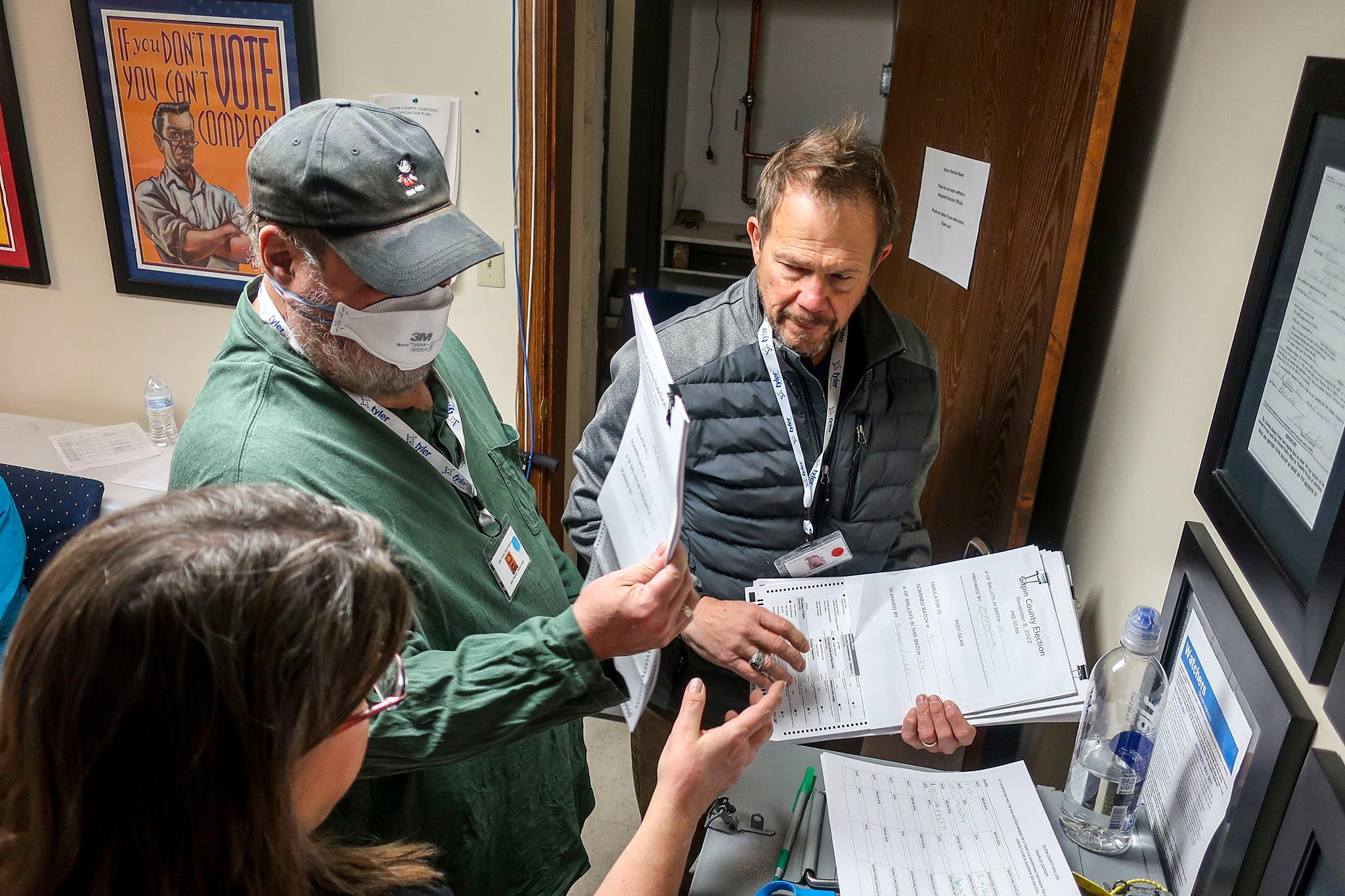
Colorado’s vote tabulation machines counted ballots accurately during this month’s midterm election, according to results from a statewide audit that took place this week.
County officials from 63 Colorado counties participated in the routine post-election process, known as a risk-limiting audit, on Monday and Tuesday. During the audit, bipartisan teams of election workers use software to blindly compare a random sample of paper ballots against results recorded by their tabulation machines.
This year’s audit found no mismatches in statewide races, the Secretary of State’s office said.
“A successful risk-limiting audit shows that a random sample of votes was counted by machines accurately and verifies the results of our elections,” said Jack Todd, a spokesman for the office, in a statement. “This is just one of the many tools Colorado uses to ensure transparency and accuracy in our elections.”
One county, San Juan, did not participate because officials hand-counted ballots.
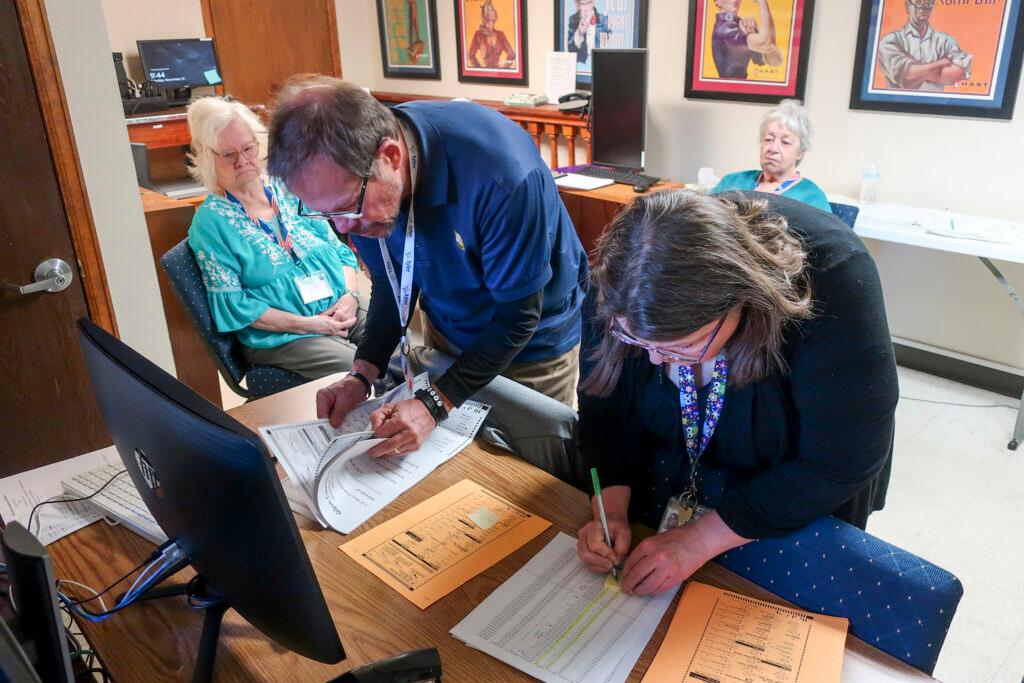
Several counties, including Kiowa, Lincoln and Routt counties found discrepancies in at least one local race tally, which means they will have to conduct a second round of auditing. Small discrepancies are fairly common and usually the result of human error during the audit — not because a tabulation machine counted votes incorrectly.
Each discrepancy is also investigated and published in a public report once the audit is certified.
If no discrepancies are found, that’s a sign that there’s a high level of statistical confidence in the original ballot count. If too many errors are found, audit workers must pull more ballots to ensure the “risk limit” of the election being miscounted is small enough.
In Colorado’s case, the risk limit is about 3 percent. If additional auditing finds more errors, a full recount is triggered. That’s never happened before, according to the Secretary of State’s office.
Colorado was the first state to require this type of audit after lawmakers passed an election security law in 2009. The first audit wasn’t held until the November 2017 general election due to delays in developing the required technology.
Now, more than a dozen states either require audits or are testing them as pilot programs to help ensure election accuracy.
Many counties record and even live stream the process online to help reassure the public that their community’s election results are secure — a task many say is becoming more difficult due to the spread of misinformation about voting and a rise in the number of election deniers running for office.
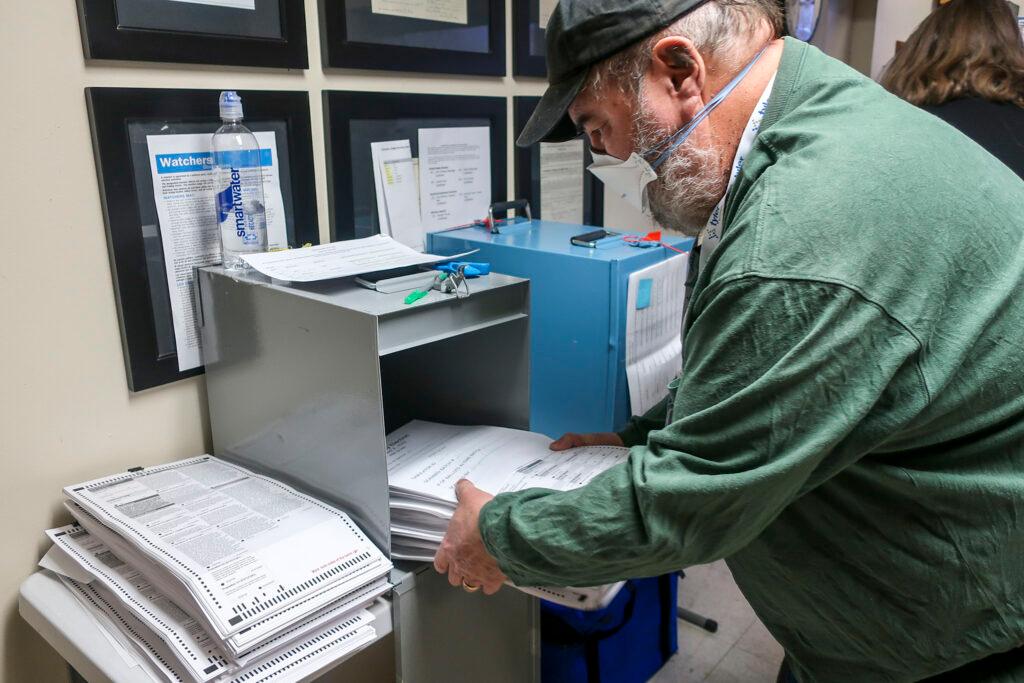
“We’re not just counting ballots and hoping for the best,” said Sahari McCormick, clerk and recorder for Gilpin County. “I really think Colorado has crossed every T and dotted every I in coming up with how to handle an election.”
On Monday, McCormick led a team of county election workers through the tedious process of conducting the audit. The group of six started at 9 a.m. and worked through lunchtime to check 61 ballots.
One by one, bipartisan teams of workers searched for ballots whose barcodes were randomly selected by the state. The process involves breaking a zip tie seal on the outside of locked storage bins and sifting through hundreds of ballots to find the proper ones.
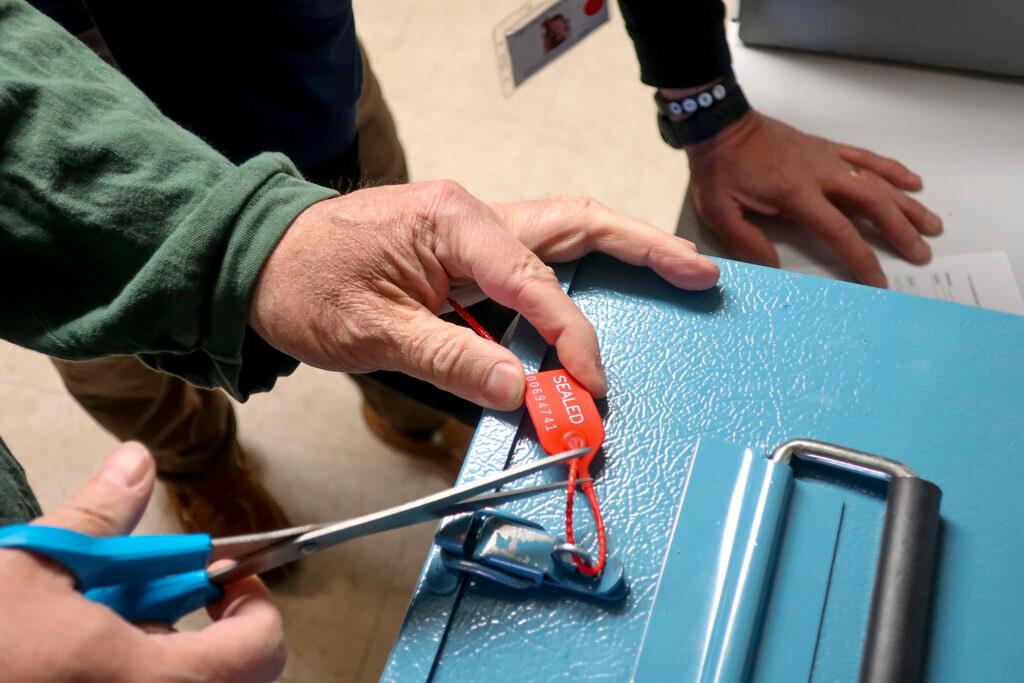
Each ballot is identified by a unique number.
“We’re looking for a ballot marked 39-19,” said McCormick.
“39-19, got it,” said Mark Petersen, a Democratic election worker, as he thumbed through a stack of ballots to find the right one alongside Curtis Goluce, a Republican.
“It’s like watching paint dry, isn’t it?’” McCormick said.
“It is repetitive, that’s for sure,” said Goluce.
Workers on both sides of the political spectrum said they appreciated the thoroughness of the process, even though it was monotonous. Petersen, who is from Gilpin County, said he decided to become an election judge this year after watching the January 6th insurrection.
“I want to be able to respond to people saying the election is stolen because it’s not,” Petersen said. “It’s gratifying to see how documented it is.”
After all of Gilpin’s ballots were pulled, the teams of workers started entering vote tallies into a secure software portal run by the Secretary of State’s office. Republican Betty Mahaffey sat at a computer while a Democratic colleague read off the votes from a ballot.
When Colorado started transitioning to a mostly mail-in ballot system over a decade ago, Mahaffey worried that things weren’t being counted properly.
“I wasn’t very confident about it, like a lot of people,” she said.
But over the years, as Mahaffey started working as an election judge, the retired threat manager for the Colorado Department of Public Safety’s views changed.
“I think that people can feel very confident and very proud of Colorado's election process,” she said.
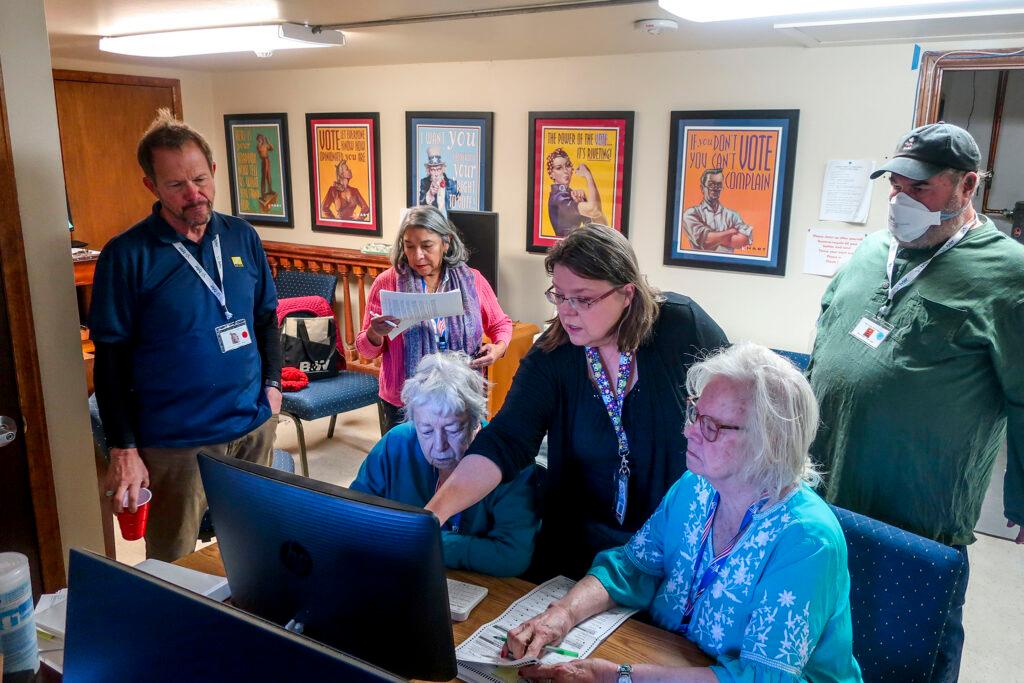
Once all of Gilpin County’s 61 audited ballots had been entered, McCormick pressed a button on the computer and opened up her results: 0 discrepancies in state and local races.
“Very exciting,” she said. “The machines did their job and everything is as it should be.”
All counties were required to submit their audit results by the end of the day Tuesday. Results will start getting posted on the Secretary of State’s website this week.
Then county election officials must meet with their local Republican and Democratic canvas boards to sign off on the audit’s findings. The deadline to do that is Nov. 28, the Monday after Thanksgiving. Once every county finishes their audits, they can make election results official. Any recounts, like the one expected in Colorado's 3rd Congressional District, will take place in early December.








